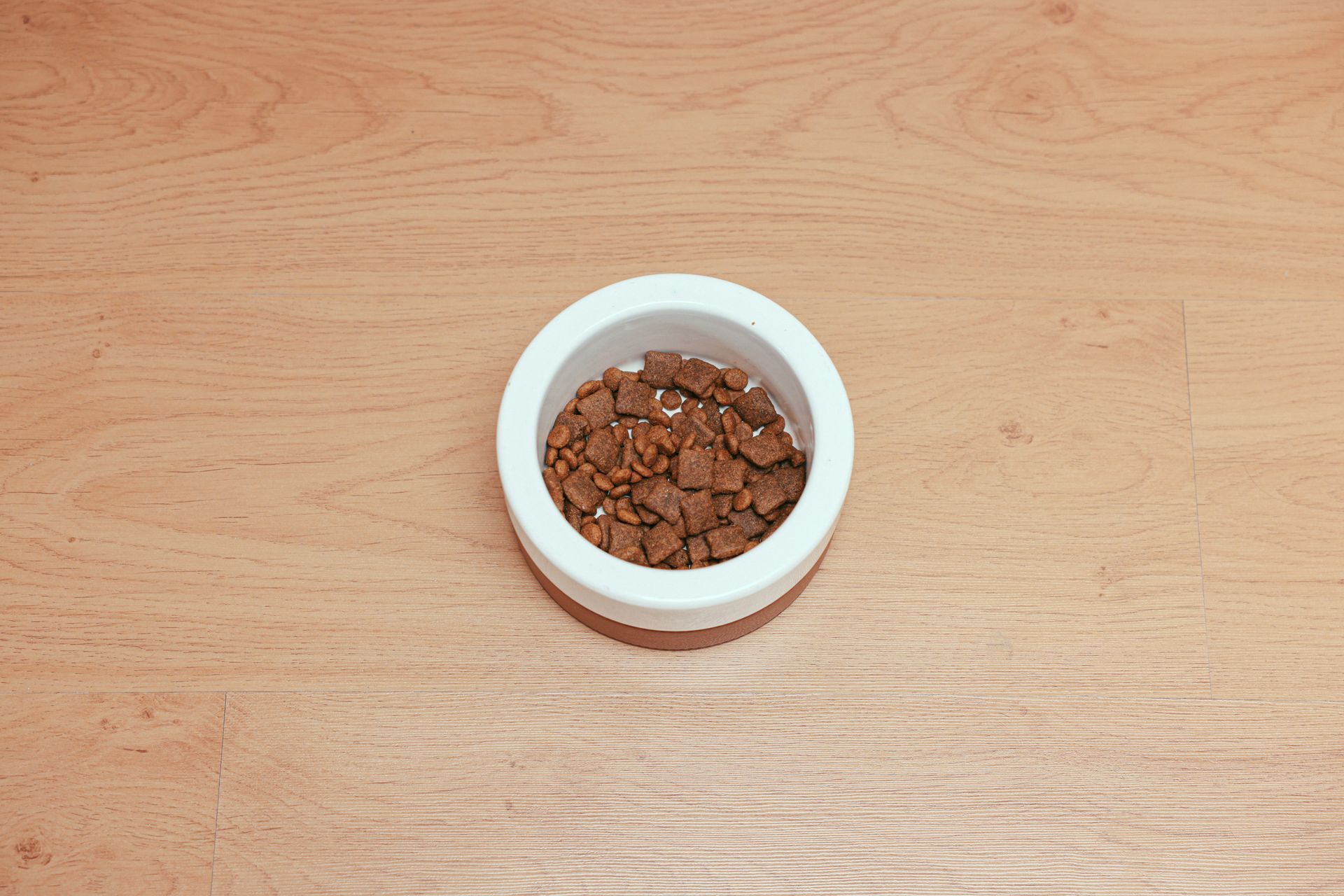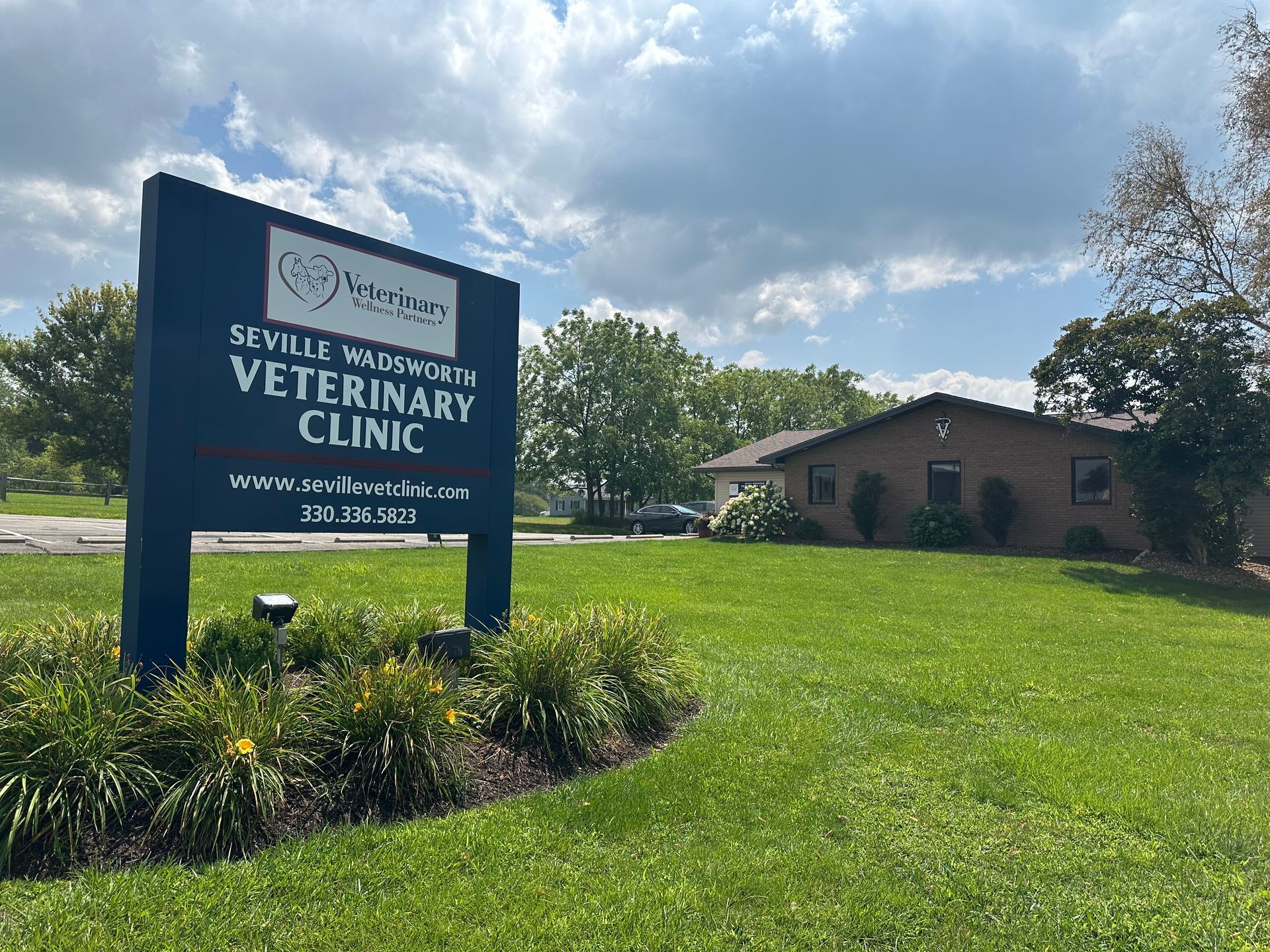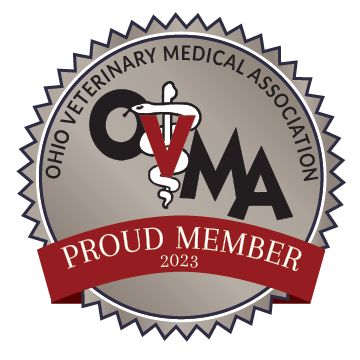Normal Labor and Delivery in Dogs: What Every Owner Should Know
Welcoming a litter of puppies is exciting but it can also be stressful for pet owners. Understanding the stages of labor, preparing in advance, and knowing when to call your veterinarian are the keys to a safe and healthy delivery.
Dog Pregnancy: What to Expect
Gestation Length: Pregnancy lasts about 63 days on average, although it may range from 58 to 70 days. Since dogs can breed before or after ovulation, it can be difficult to know the exact due date. Your veterinarian can estimate more precisely through vaginal cytology, ultrasound, or X-rays.
False Pregnancies: Some dogs show signs of pregnancy even when they are not carrying puppies. This condition, called pseudopregnancy, can only be ruled out through diagnostic testing. Ultrasound can confirm pregnancy around 25 to 30 days, while X-rays are most accurate after 45 days.
Nutrition and Health During Pregnancy
Before Breeding: Make sure vaccinations are up to date, deworming is done, and your dog has been screened for health conditions. Brucella testing is important because this bacterial infection can cause miscarriage and also affect people.
Last Trimester Nutrition: By weeks 5 and 6, puppies grow rapidly and the mother’s nutritional needs increase. At this time, transition her to a high-quality growth or pregnancy diet. Do not give supplements unless prescribed by your veterinarian. Over-supplementing or overfeeding can cause complications, including delivery problems and developmental defects.
Preparing for Whelping
Set Up a Whelping Box: Provide a clean, secure box that is big enough for the mother to stretch out comfortably, with sides low enough for her to step over.
Introduce the Area Early: Let her get used to the whelping area before delivery. If she is not familiar with it, she may choose an unsuitable place such as a closet or laundry pile.
Bedding: Start with newspapers for easy cleanup. After delivery, switch to clean towels or blankets to help puppies move and stay warm.
Veterinary Check-Up: A late-term ultrasound or X-ray helps you know how many puppies to expect and ensures you can track progress during delivery.
The Stages of Labor in Dogs
Stage I
- Duration: 6 to 12 hours, sometimes longer.
- Signs: Panting, pacing, anxiety, restlessness, decreased appetite, and nesting behavior.
- Temperature: A drop in body temperature from the normal 101–102.5°F to about 98–99°F often occurs within 24 hours of labor starting.
- Veterinary Help: If active labor has not started within 24 hours of the temperature drop, contact your veterinarian.
Stage II: Delivery of Puppies
- Onset: Strong abdominal contractions and straining begin.
- First Puppy: Should arrive within 1 to 2 hours of contractions starting. If not, call your veterinarian immediately.
- Rest Periods: The mother may rest for up to 4 hours between puppies. If more are expected and labor does not resume, seek veterinary assistance.
Stage III: Delivery of the Placentas
- Timing: Each placenta usually passes within 5 to 15 minutes after the puppy is delivered.
- Monitoring: Count the placentas. There should be one for each puppy. Retained placentas can lead to infection and other serious problems.
Caring for Puppies After Birth
Mother’s Role: Most dogs instinctively clean the puppies, break the amniotic sac, and chew the umbilical cord.
When to Assist: If a puppy is still in the sac, gently remove it, rub the puppy with a clean towel, and stimulate it to cry. If the cord is still attached, tie it with clean string about one inch from the belly and cut with sanitized scissors.
Placenta Check: Collect and count each placenta to ensure none are retained.
Nursing and Warmth: Place cleaned puppies near their mother to nurse. Nursing encourages milk letdown and bonding while also helping stimulate the uterus.
Key Takeaways
- A normal dog pregnancy lasts about 63 days.
- Nutrition, veterinary care, and preparation are essential for a healthy delivery.
- Labor has three stages: preparation, delivery of puppies, and delivery of placentas.
- Count the puppies and placentas and know when to contact your veterinarian.











